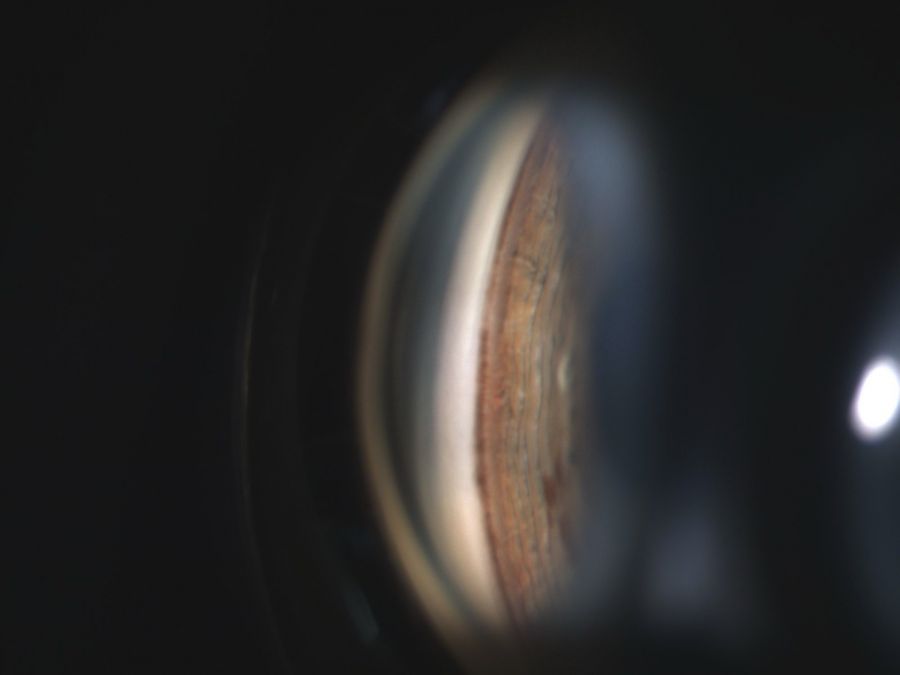The color of your iris comes from pigment. When the pigment slides off the underside of your iris, it causes pigment dispersion syndrome (PDS). The pigment then disperses to various areas of the eye. The microscopic pigment particles may obstruct the drainage angle in your eye. Eye pressure issues may result from this.
By producing a substance known as aqueous humor, your eye maintains a healthy pressure. The identical amount of aqueous that enters your eye leaves as it enters. Intraocular pressure, or IOP, builds up inside the eye if sufficient fluid does not drain from it, and over time, this can harm the optic nerve. This condition is glaucoma. When PDS reaches this stage, it is referred to as pigmentary glaucoma. Pigmentary glaucoma does not necessarily develop in all people with pigment dispersion syndrome.
The majority of persons with PDS do not show any symptoms. Some people may get impaired vision or perceive haloes after exercising.
You might not have any symptoms even if you have pigmentary glaucoma. Your field of vision may start to show blank spots over time as the optic nerve suffers more harm. Ordinarily, you will not see these blank spots until the optic nerve has been severely damaged and they have grown huge. Blindness occurs if all of the optic nerve fibers are lost.
PDS may run in families (passed from parent to child). People in their 20s and 30s who have myopia (nearsightedness) are more likely to experience it.
After the age of 40, in men and white individuals, other kinds of glaucoma are typically diagnosed.
Pigment dispersion syndrome (PDS), which frequently has no symptoms, is typically discovered during a routine eye exam. That is why visiting an ophthalmologist for an eye exam is so crucial.
Your ophthalmologist will measure your eye pressure while doing a thorough eye examination. If PDS is suspected, perform additional testing like a gonioscopy. This enables your ophthalmologist to examine the drainage angle of the eye. He or she can examine the eye for glaucoma and determine whether anything is preventing fluid from draining from it. They will assess your peripheral (side) vision and look for any evidence of damage to your optic nerve.
You will know if you have pigmentary glaucoma if you undergo the same tests used to diagnose glaucoma. Indicators of pigment floating in the eye, especially at the rear of the cornea, or small patches of pigment missing from your iris will be checked for by your ophthalmologist.
At The Eye Center- Dr. Mahnaz Naveed Shah & Associates our team of eight ophthalmology subspecialists/ eye specialists, eye surgeons who are considered amongst the very best eye specialists in Karachi and in Pakistan, have the diagnostic and treatment capabilities to treat from the simplest to the most complex patients. We work hard to provide our patients with the best possible medical and surgical eye care, in a state of the art purpose built eye care facility. We offer the entire array of medical, laser and surgical treatments to help provide patients the best possible care in the most efficient, safe and ethical manner.
If you need an appointment, please contact us at 03041119544 during our working hours or leave us a WhatsApp message at +923028291799 and someone will connect with you. Walk-in appointments are also available for emergencies. We can also be reached through our web portal on www.surgicaleyecenter.org

